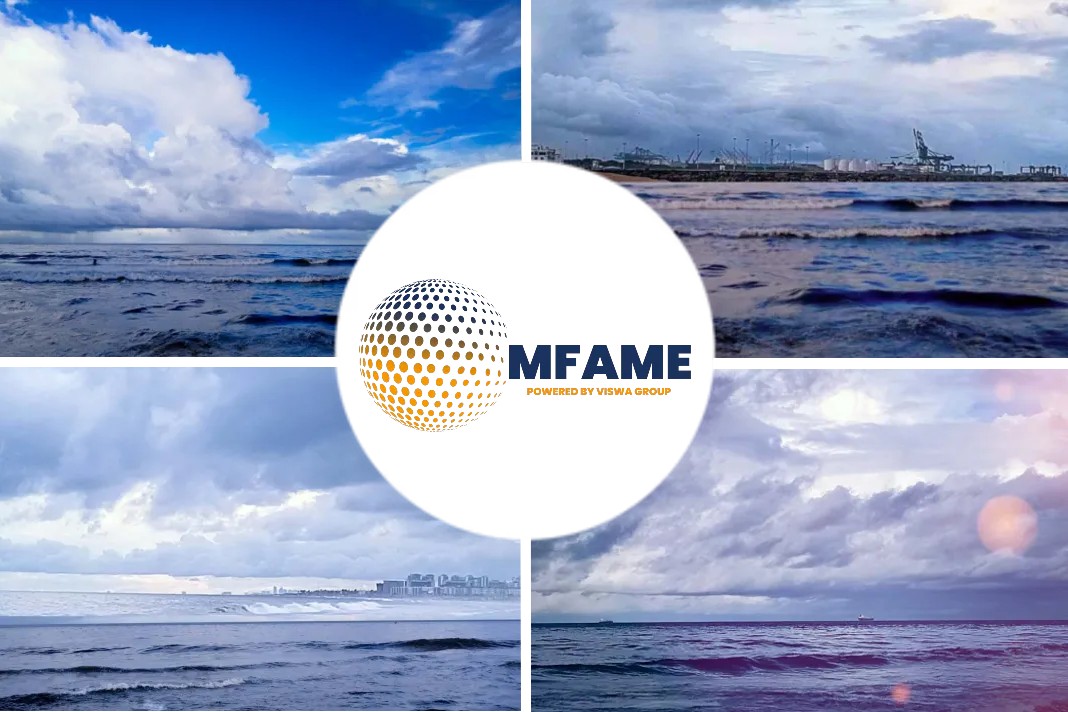- Extensive attention on how increased shipping times, congestion at the ports, and backlogs along the supply chain were leading to short supplies that consumers were experiencing.
- The delays were also further adding to retailers’ total cost of goods.
A recent news article published in the Maritime Executive states that port Congestion Cost Shippers Millions in Added Interest Expenses.
What does the new analysis says?
A new analysis from project44, the platform for shippers and logistics service providers, estimates that in addition to the increased cost of shipping, retailers also incurred approximately $321 million in added interest expense on inventory in 2021 due to port congestion. While the environment became a vicious circle, retailers were able to also use the environment to build inventory levels in part by warehousing at sea and are better prepared going forward.
Project44’s analysis
According to project44’s analysis, they estimate that between January and November 2021 that $238 billion worth of cargo experienced significant delays outside the ports of Los Angeles and Long Beach. They further estimate that during 2021, an average of 540,255 TEUs per month were waiting outside the port, with an average of 377 container ships per month at anchorage waiting for a berth. With data from HSBC, they set the average cargo value of $40,000 per TEU, and with a 3.2 percent cost of financing, project44 estimates that shippers found themselves paying around $106 per TEU per month.
An additional 6 days
Further, adding to the costs for the shippers were the increased transit times for cargo to reach the port and then for clearance and shipment to its destination. Pre-pandemic transit time from Chinese ports to Los Angeles was approximately 16 days plus an additional six days until clearance. Shifl, a digital freight forwarding platform, reports that transit time went up to around 60 days based on Los Angeles’ current average of 17.6 days awaiting berth.
Given an average transit time between major Chinese ports and Los Angeles of 60 days, shippers incurred an average of two months of interest payments on goods traveling by sea. Project44 estimates that this translated into a total of almost $321 million in additional interest between January and November 2021, which, while a small fraction of the total cost of goods, was nonetheless significant notes the analysis.
“With interest rates at historic lows, the cost of holding more inventory is lower than you’d expect,” said Josh Brazil, VP of Supply Chain Insights at project44. With inventory levels low going into 2021, he notes that bringing in more inventory and bringing it in earlier seemed like a good idea to retailers which was supported by the low trade financing environment that was helpful for shippers. Brazil notes thought, “This only exacerbates the congestion issues.”
Historic lows
With interest rates at historic lows, companies could also finance a surplus amount of inventory and essentially store it at sea for two months, says project44. While it might not have been entirely deliberate, the congestion helped companies circumvent storage costs on the excess inventories. Though shippers paid interest-related penalties on freight stranded at sea, the costs were diminutive compared to storing that inventory on land where warehousing prices were high and availability was scarce.
“This phenomenon has underscored how multidimensional the supply chain crisis is,” Brazil said. “While more inventory might seem like a good short-term solution, the industry also desperately needs more visibility, better cargo management, and infrastructure and process improvements.”
Domino effect of disruptions
According to project44 intelligence, shippers faced a domino effect of disruptions that exceeded their forecasted shipping delays. However, they compensated by understanding the benefits of low-interest rates and sent in orders by as early as June and July to bolster inventories in time for the holiday shopping season and overall satisfying consumer demand.
The analysis concludes that businesses took advantage of the environment over-ordering merchandise, with some still at sea and that it will be used to replenish depleted inventories or be marketed at a discount in the months ahead.
The National Retail Federation in its estimates concurs that U.S. retailers ordered early and were successful in rebuilding inventories leading to expectations that import growth will return to more normal levels in 2022 helping to reduce pressures and added expense such as the carrying cost of goods that were driven up by port congestion and backlogs.
Did you subscribe to our daily Newsletter?
It’s Free! Click here to Subscribe
Source: Maritime Executive

















